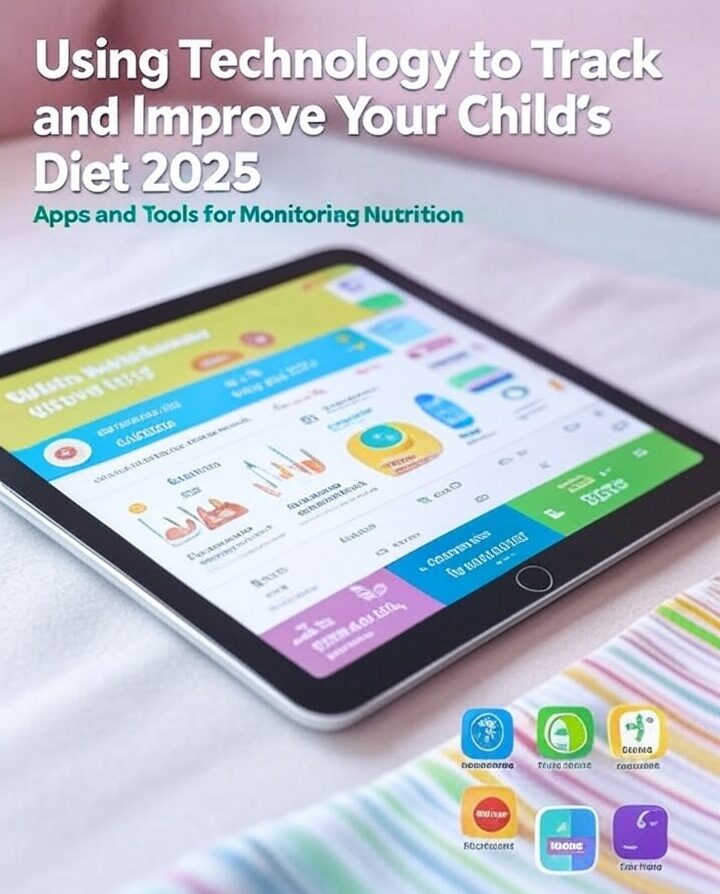Consult The “Beyond Typical Picky Eating” Consultant guide for parents of restricted eaters (ages 2-6). Learn to implement the Division of Responsibility (sDOR), become a trusted feeding guide, reduce mealtime stress, and systematically expand your child’s food repertoire without force.
The “Beyond Typical Picky Eating” Consultant approach leverages the Division of Responsibility (sDOR) to fundamentally reset the dynamic at the family table, helping parents shift from the stressful “food police” role to a confident, “trusted guide.” When your toddler or young child (ages 2-6) has a repertoire limited to 15-20 foods, refuses entire food groups, and triggers intense mealtime battles, the stress often causes parents to resort to pressure tactics—coaxing, bargaining, or bribing.
These actions, however well-intentioned, activate a fight-or-flight response in the child, intensifying their anxiety around food and restricting their diet further. Responsive feeding and sDOR provide the only effective pathway to reduce this pressure and systematically encourage the expansion of the child’s food list without force, thereby supporting long-term, healthy eating habits.
1. Mastering the sDOR Principle: Clarifying Roles and Ending Pressure: “Beyond Typical Picky Eating”
The foundation of the “Beyond Typical Picky Eating” Consultant methodology is the Satter Division of Responsibility in Feeding (sDOR). This framework clarifies who is responsible for what during mealtimes, eliminating the common parental mistake of controlling how much or if a child eats. By strictly adhering to sDOR, you create a low-pressure, responsive feeding environment.
The Parent’s Firm and Trustworthy Role (The “Trusted Guide”)
As the parent, you maintain responsibility for the “What, When, and Where” of feeding. This is your non-negotiable role as the Trusted Guide in the “Beyond Typical Picky Eating” Consultant model:
- What: You select and prepare the foods served. This ensures the meal is nutritionally balanced over time and includes a variety of food groups. Crucially, you must include at least one “safe food”—a food the child is consistently known to eat—at every meal. This assures the child there will always be something they can consume.
- When: You determine the meal and snack timing and schedule. Offer 3 structured meals and 2-3 structured snacks with water in between. Do not offer food or caloric drinks (like juice or milk) outside of these times. This allows the child to arrive at the table genuinely hungry.
- Where: You choose the location of the meal—ideally, at a table free from distractions like screens or toys.
By mastering the parent’s role in sDOR, you build a foundation of trust and predictability, signaling to the child that the meal environment is safe and controlled.

The Child’s Essential Role (The Responsive Eater)
The child’s role under the guidance of the “Beyond Typical Picky Eating” Consultant is to determine the “How Much and Whether” of eating. This is the hardest part for parents:
- How Much: The child decides the portion size. If they are genuinely hungry, they will eat. If they are done, they stop.
- Whether: The child decides if they will eat the food offered, including the safe food.
The Golden Rule: You must eliminate all forms of pressure, including verbal coaxing (“Just try one bite”), bargaining (“One pea for one cartoon”), or showing exaggerated happiness when they eat a desired food. Pressure instantly undermines the Trusted Guide role and sabotages the goals of the “Beyond Typical Picky Eating” Consultant approach. When you truly let go of control over their intake, you reduce mealtime stress and allow the child’s internal cues of hunger and satiety to guide them.
2. Systematically Expanding the Food Repertoire Without Force :”Beyond Typical Picky Eating”
Once the sDOR environment is stable, the next challenge for the “Beyond Typical Picky Eating” Consultant is to tackle the limited food repertoire. For a restricted eater, a new food is perceived as a threat. Expanding the diet requires repeated, low-stakes exposure through play and interaction, not through ingestion.
The Rule of Exposure: Look, Touch, Smell, Taste
Forget trying to get the child to eat the food. Instead, focus on increasing their comfort with the food through their other senses. This process requires incredible patience, often taking 15 to 20 non-stressful exposures before the child will consider a taste.
- Tolerating: The food is on the child’s plate (served deconstructed—no mixed ingredients). The child does not have to touch it.
- Interacting: The child pokes it, moves it around the plate, or uses a utensil to touch it.
- Smelling: The child brings the food closer to their nose.
- Touching Lips/Tongue: The child gives the food a “kiss” or a light lick.
Actionable Strategy: Food Play: Incorporate the new, challenging foods (especially vegetables and proteins) into non-eating activities. Let the child help wash or stir the foods. Let them arrange the food into pictures or patterns. By allowing them to play with the food, you remove the pressure and allow them to explore the food’s sensory properties (texture, smell) in a safe, controlled way. This systematic exposure is core to the methodology of the “Beyond Typical Picky Eating” Consultant.
Addressing Refusal of Entire Food Groups
If the child consistently refuses entire groups (e.g., all vegetables or all protein sources), you must focus on bridging foods.
- Bridging: Find a food the child currently eats and offer a variation. If they eat white crackers, try a beige cracker, then a lightly whole-wheat cracker, then a crunchy cracker, before moving to crunchy raw vegetables.
- Preparation Variation: If they eat a potato in one form (e.g., French fry), serve it in a slightly different form (e.g., small roasted potato cubes). This allows them to accept a new preparation or texture without accepting an entirely new ingredient.
The goal of the “Beyond Typical Picky Eating” Consultant is small, incremental wins. A child moving from 15 foods to 17 foods is a massive success.
3. Maintaining Nutritional Adequacy and Growth
A significant concern for parents consulting The “Beyond Typical Picky Eating” Consultant is potential malnutrition due to the limited repertoire, especially the refusal of proteins and vegetables. While the emotional goal is reducing stress, the clinical goal is ensuring growth.
Strategic Fortification and Supplementation
Because you are the Trusted Guide providing the “What,” you control the nutrient delivery.
- Calorie and Protein Boosts: Add safe, high-calorie, and high-protein ingredients to foods the child already accepts. If they eat oatmeal, add butter or oil and safe seed powder. If they drink milk/formula, ensure it is full-fat and potentially fortified with unflavored protein powder (with physician approval).
- Iron and B Vitamins: Since meat and fortified grains are often refused, you may need to discuss a multivitamin or specific iron/B-vitamin supplement with your pediatrician to ensure no nutritional gaps compromise cognitive or physical development.
By concentrating the essential nutrients into the foods your child will eat, you protect their nutritional status and reduce the high-stakes anxiety you feel about their intake. This allows you to truly relax and trust the sDOR process.
Recognizing the Need for Expert Intervention
While the sDOR model is powerful, if your child’s restrictive eating leads to faltering growth, requires dependence on a specific formula or supplement, or involves extreme, distressing symptoms like gagging or vomiting at the sight of new food, the issue is Beyond Typical Picky Eating and may be classified as Avoidant/Restrictive Food Intake Disorder (ARFID). At this point, you need to transition from applying sDOR principles alone to seeking a formal evaluation by a Speech-Language Pathologist (SLP) or Occupational Therapist (OT) specializing in pediatric feeding therapy. These professionals use systematic, evidence-based approaches to address the underlying sensory or motor dysfunction.
4. Sustaining the Trusted Guide Role and Long-Term Wellness
The principles advocated by The “Beyond Typical Picky Eating” Consultant lead to more than just a broader diet; they teach the child autonomy, foster a positive relationship with food, and reduce parental stress—all critical components of long-term wellness.
Modeling and Consistency
Children learn by watching. Sit down, eat the same meal as your child, and actively enjoy the foods you want them to try. Never comment on the food they aren’t eating. Be a non-anxious, confident model. Consistency in applying sDOR—every meal, every day—is what slowly, patiently, rebuilds the child’s trust and confidence in the food environment. This calm, consistent environment is essential for overall systemic wellness. For more resources on managing chronic stress and its impact on the body, including cardiovascular health, you can explore cardiachq.com.
What is the most difficult aspect of truly letting go of control and allowing your child to determine “how much” they eat? Share your biggest hurdle as you adopt the “Beyond Typical Picky Eating” Consultant methodology.

